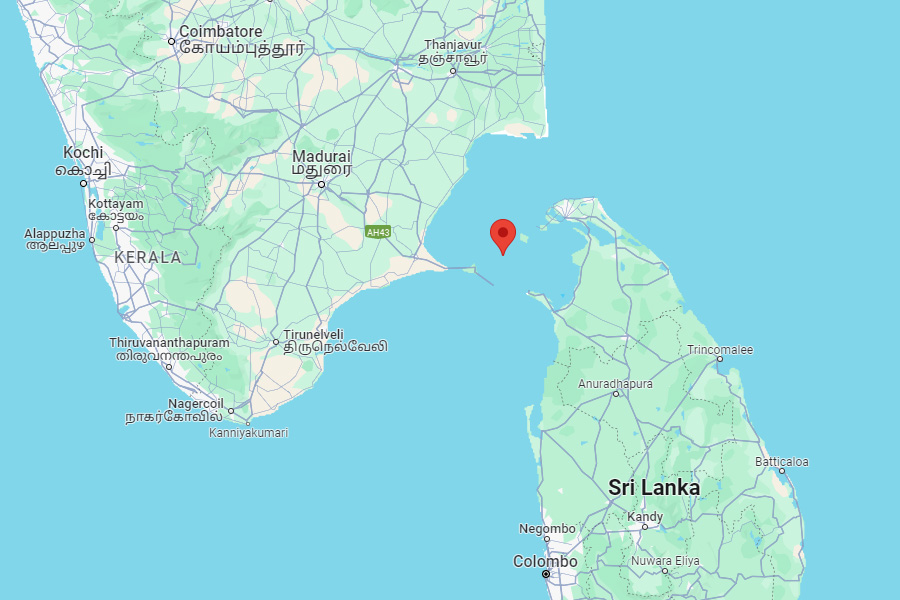
The notion of Katchatheevu’s so-called “callous” handover is full of sound and fury signifying nothing, except the egregious inattention to the historical and geostrategic contexts surrounding it.
Author
Arup K. Chatterjee, Associate Professor, Jindal Global Law School, O.P. Jindal Global University, Sonipat, Haryana, India.
Summary
Katchatheevu is a 285-acre uninhabited Indian Ocean territory. The island is known for Antony’s Church which Lankan and Indian pilgrims visit annually. It was built in 1905 by Ramnad merchant Seenikuppan Padayachi, intended as a halfway ground for Indo-Lankan fishers for drying nets or asylums during tempests. The island was ceded by the Indira Gandhi government to the Sirimavo Bandaranaike Lankan administration in 1974. The notion of Katchatheevu’s so-called “callous” handover is full of sound and fury signifying nothing, except the egregious inattention to the historical and geostrategic contexts surrounding it.
Katchatheevu is an unofficial battlefield between Indian Tamil fishers and a Sinhala-dominated Lankan navy. This is owing to complex factors like excessive trawling in the Sethusamudram region, contested legacies of the Lankan civil war, and the bilateral irresolution of the Tamil question. At least three important factors are ignored when public imagination scapegoats the transactors of the Indo-Lankan agreements of 1974 and ’76 that were meant to secure the division of the maritime boundaries in the Palk Bay and Gulf of Mannar.
Published in: The Indian Express
To read the full article, please click here.

